43 where are calories on food labels
Food Labels: Fat & Cholesterol | Home & Garden Information Center The 2015 Dietary Guidelines for Americans recommends the following intakes of fat and cholesterol every day: total fat—20 to 35% of calories, depending on age and gender (65 grams for the 2,000-calorie intake level used in the Daily Value)*. saturated fat—less than 10% of calories**. trans fat— keep as low as possible. How to Use the Nutrition Facts Label — Diet Doctor 3. Calculate net carbs per serving. Third, check the grams of dietary fiber per serving (circled in green, above). Subtract the fiber (green) from the total carbohydrates (blue) to get the net carbs. This chocolate has 9 grams of net carbs per serving (14g carbs - 5g fiber = 9g net carbs).
Understanding Food Labels | The Nutrition Source | Harvard T.H. Chan ... One might assume the small bag to contain 1 serving, but it actually contains 3 servings so that eating the whole bag provides 300 calories. With the updated label, the same size bag would show 1 serving at 300 calories. Keep in mind that the serving size is not a recommendation for everyone about how much to eat, but rather a reference point.

Where are calories on food labels
Reading Food Labels (for Parents) - Nemours KidsHealth The number of calories that's listed on the food label indicates how many calories are in one serving. Percent Daily Values Percent daily value is most useful for seeing whether a food is high or low in nutrients: A food with 5% or less of a nutrient is low in that nutrient. A food with 10%-19% of a nutrient is a good source of that nutrient. for Hundreds of Foods: Your Calorie Chart Database While quality of food is important for a healthy diet, quantity is also a major factor of good nutrition. Especially for anyone concerned about maintaining or losing weight, it’s a good idea to regularly review a calorie database and nutrition labels to see how much fuel you’re getting to feed your daily activity – and if it’s too much. Understanding Ingredients on Food Labels - American Heart Association Understanding Ingredients on Food Labels. Food labels are an important source of information about calories and the nutritional value of the foods you eat, a crucial tool in building a heart-healthy diet. The Nutrition Facts information is always displayed in the same orderly fashion and helps you understand how much of certain nutrients that ...
Where are calories on food labels. How Do They Calculate Calories on Food Labels? Calories on food labels The 1990 Nutrition Labeling and Education Act (NLEA) for the first time required that food manufacturers put the amounts of nutrients and calories on the package label. Instead of using the bomb calorimeter method to establish calories in foods, manufacturers began using an easier process: the Atwater method. How to Read Carbohydrates on Food Labels - GlycoLeap When learning how to read carbohydrates on food labels, always remember that 1 serving of carbohydrate is equal to 15 g of carbohydrates. If you want to have a snack, it is recommended to eat no more than 1 to 2 servings of carbohydrates in one sitting. That would be around 15 to 30 g of carbohydrates. Snack = 15 - 30 g of carbohydrate Food labels - NHS Most pre-packed foods have a nutrition label on the back or side of the packaging. These labels include information on energy in kilojoules (kJ) and kilocalories (kcal), usually referred to as calories. They also include information on fat, saturates (saturated fat), carbohydrate, sugars, protein and salt. How to Read the Nutrition Facts Label on Packaged Foods All the information listed on a nutrition label is based on the listed serving size. Don't assume one box, carton, or bottle equals one serving, even if it seems small. If you eat or drink more...
What's on the Nutrition Facts Label | UNL Food A dual column nutrition label is used for food items that have multiple servings per container, but have the potential to eat the whole container's-worth in one sitting. This dual column will show the nutrients and calories for a single, recommended serving but also list the information for if someone were to consume the whole container. Food Labels | CDC If you eat the whole thing, you are eating 8 times the amount of calories, carbs, fat, etc., shown on the label. Total Carbohydrate shows you types of carbs in the food, including sugar and fiber. Choose foods with more fiber, vitamins, and minerals. Choose foods with lower calories, saturated fat, sodium, and added sugars. Avoid trans fat. › understanding-food-labelsUnderstanding food labels - Canada.ca Find information on food labels and how to understand them. Learn about nutrition facts tables, serving size, list of ingredients, % daily value and nutrition claims. Food Label activity-1.pdf - Name _olivia _fernette_ Date Name ____olivia _fernette_____ Date _____ Hour_____ NUTRITION FACTS LABELING ACTIVITY DIRECTIONS: Choose 4 food labels. Record the nutritional information below. Complete the questions on the back. Copy and paste a picture of your food label next to it here.
en.wikipedia.org › wiki › Food_energyFood energy - Wikipedia Many governments require food manufacturers to label the energy content of their products, to help consumers control their energy intake. To facilitate evaluation by consumers, food energy values (and other nutritional properties) in package labels or tables are often quoted for convenient amounts of the food, rather than per gram or kilogram; such as in "calories per serving" or "kcal per 100 ... Food Labels & Nutrition Facts - Ask the Dietitian® Food Labels & Nutrition Facts. You have been so kind to take the time to answer my questions. Thank you so very much. Please permit me a couple of follow-up questions. The US Dietary Guidelines recommend moderate intake of sugar which includes sugar you add to food at the table as well as sugar added by food manufacturers. Reading Food Labels: "Calories From Fat" | livestrong The U.S. Institute of Medicine recommends that Americans consume about 20 to 35 percent of their total calories from fat. Every gram of fat contains nine calories. This means a person who eats 2,000 calories a day should consume fewer than 78 g of fat per day. Calories from Fat Versus Calories from Carbohydrates How to read food labels: MedlinePlus Medical Encyclopedia If you eat 2 cups (0.48 liters) at a meal, you are eating 2 servings. That is 2 times the amount of the calories, fats, and other nutrients listed on the label. Calorie information tells you the number of calories in 1 serving. Adjust the number of calories if you eat smaller or larger portions.
› Calculate-Food-Calories3 Ways to Calculate Food Calories - wikiHow 1 day ago · Total the calories for each macronutrient. Now that you know how the calories are divided up, add together each individual count to get the combined calorie count for one serving of the item. Going off the previous example, 80 + 140 + 135 = 355 calories. This number should correspond with the estimate displayed on the item’s packaging.
Why Do Food Labels Use Calories Instead of Joules or Kilojoules? Atwater System. The Atwater system is generally used by the food industry for U.S. labels. This is a standard for calculating the energy value of carbohydrates, fats and proteins. These kilocalories are expressed as "calories." The system assigns 4 calories per gram to carbohydrates, 9 calories per gram to fats and 4 calories per gram to proteins.
kidshealth.org › en › teensFood Labels (for Teens) - Nemours KidsHealth A food with 5% or less of a nutrient is low in that nutrient. A food with 10%–19% of a nutrient is a good source of that nutrient. A food with 20% or more of a nutrient is high in that nutrient. The information on food labels is based on an average adult diet of 2,000 calories per day.
› food › new-nutrition-facts-labelHow to Understand and Use the Nutrition Facts Label | FDA For certain products that are larger than a single serving but that could be consumed in one sitting or multiple sittings, manufacturers will have to provide "dual column" labels to indicate the...
How to Read Nutrition Facts Label - Food Network The point is food companies know that 200 calories will look way more appealing to a shopper than 800 calories. Once again, it's companies trying to lure you in. This carries over to all the ...
Understanding Food Nutrition Labels | American Heart Association 1 - Start with the serving information at the top. This will tell you the size of a single serving and the total number of servings per container (package). 2 - Next, check total calories per serving and container. Pay attention to the calories per serving and how many calories you're really consuming if you eat the whole package.
Calories on the New Nutrition Facts Label | FDA Calories refers to the total number of calories, or "energy" you get from all sources (carbohydrate, fat, protein, and alcohol) in a serving of a food or beverage. Calories Go Big Calories are now...
How to Read a Nutrition Facts Label - Everyday Health Calories are listed on the nutrition facts label first, in a larger bolder font than the rest of the label.
Where 2000 Calories on Food Labels Comes From - Rachael Hartley Nutrition Calories on Food Labels Doesn't Much Matter Anyway . I hope knowing this history takes away some of the power behind the 2,000 calories on food labels. At the end of the day, if we didn't live in a world that tries to convince you weight gain is the worst thing that could possibly happen, seeing calories on a food label wouldn't have any ...
Nutrition Facts and Food Labels Get to know the basics of the Nutrition Facts label, and understand the parts and pieces, from serving size, total calories and fat to percent of Daily Values. Teach Your Teen about Food Panels If decoding the information on a food package is a challenge for adults, think of how hard it is for teens who are just beginning to make choices for ...
How to Read Food Labels Without Being Tricked - Healthline Still, processed foods that are labeled low-carb are usually still processed junk foods, similar to processed low-fat foods. Made with whole grains. The product may contain very little whole ...
› medialibraries › urmcmediaA Guide to Reading Food Labels - University of Rochester Feb 27, 2013 · of calories from fat. You should limit the number of calories from fat to 20-35% of your total daily calories. In the sample label, there are 250 calories in one serving and 110 calories from fat. This means almost 50% of the calories in a single serving of this food come from fat. Due to its high fat content, this food is not a healthy choice.
Food Labels | Nutrition.gov What's New with the Nutrition Facts Label. HHS, Food and Drug Administration. The U.S. Food and Drug Administration (FDA) has updated the Nutrition Facts label on packaged foods and beverages with a fresh design that will make it easier for you to make informed food choices that contribute to lifelong healthy eating habits. What's in a Name?

UNDERSTANDING FOOD LABELS - MAKE THE BEST FOOD DECISIONS (With images) | Reading food labels ...
How to Decode a Nutrition Label - Healthline People with eating disorders often find that nutrition labels trigger tendencies to obsess about calories, fat, or sugar. "When examined through the lens of food-preoccupation, as in chronic ...
How Do You Know Your Food's Nutrition Facts Label Is Accurate? As you may have noticed, most of your favorite food items have recently updated their nutrition facts labels. It's the first major update to the labels in more than 20 years. The Food and Drug Administration (FDA) announced the new label format in May of 2016, and starting this year, food and beverage manufacturers must use it on all of their ...
Understanding Ingredients on Food Labels - American Heart Association Understanding Ingredients on Food Labels. Food labels are an important source of information about calories and the nutritional value of the foods you eat, a crucial tool in building a heart-healthy diet. The Nutrition Facts information is always displayed in the same orderly fashion and helps you understand how much of certain nutrients that ...
for Hundreds of Foods: Your Calorie Chart Database While quality of food is important for a healthy diet, quantity is also a major factor of good nutrition. Especially for anyone concerned about maintaining or losing weight, it’s a good idea to regularly review a calorie database and nutrition labels to see how much fuel you’re getting to feed your daily activity – and if it’s too much.
Reading Food Labels (for Parents) - Nemours KidsHealth The number of calories that's listed on the food label indicates how many calories are in one serving. Percent Daily Values Percent daily value is most useful for seeing whether a food is high or low in nutrients: A food with 5% or less of a nutrient is low in that nutrient. A food with 10%-19% of a nutrient is a good source of that nutrient.
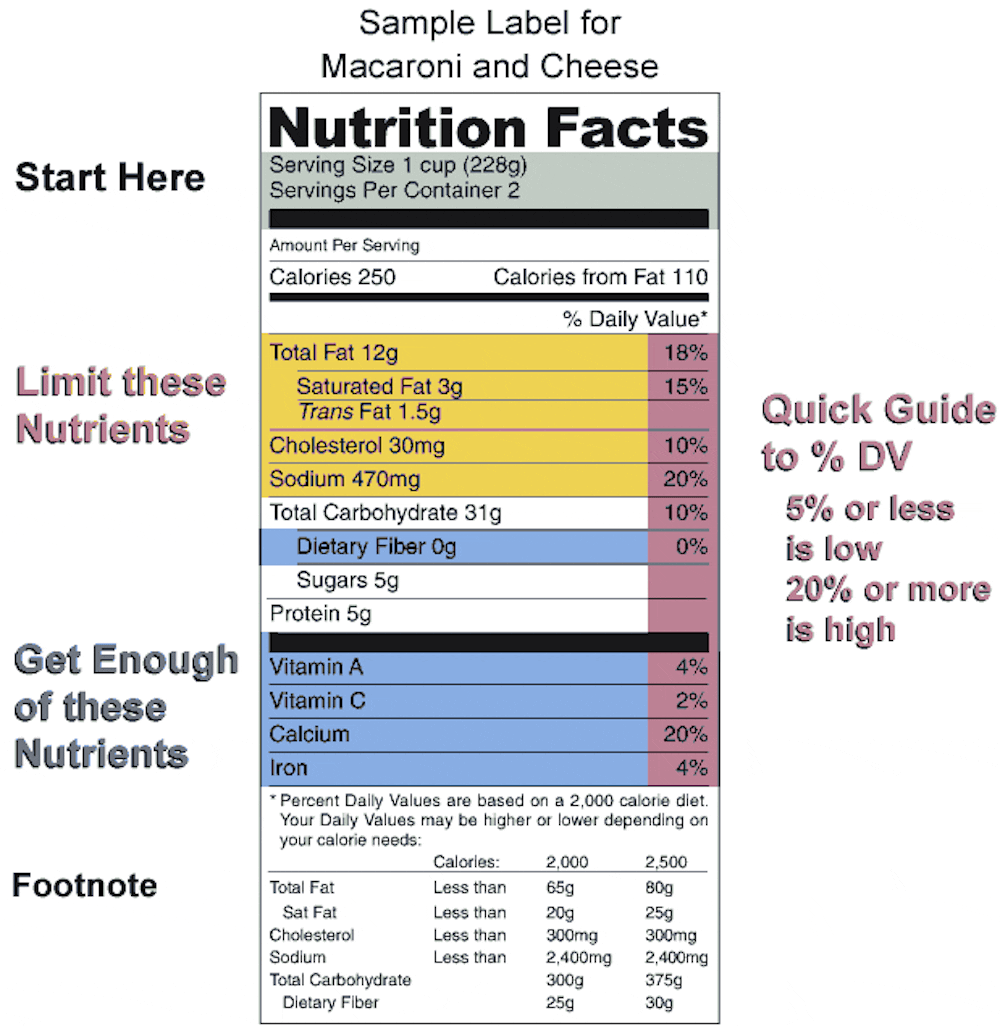



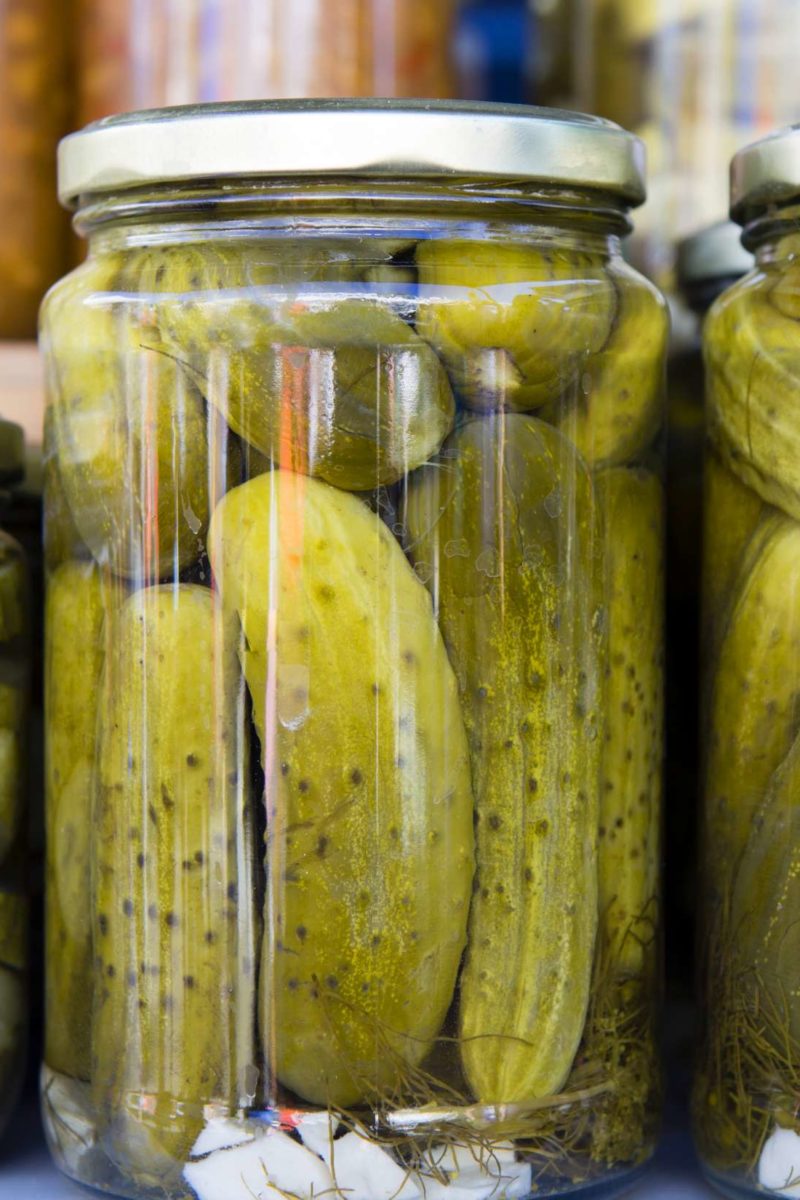



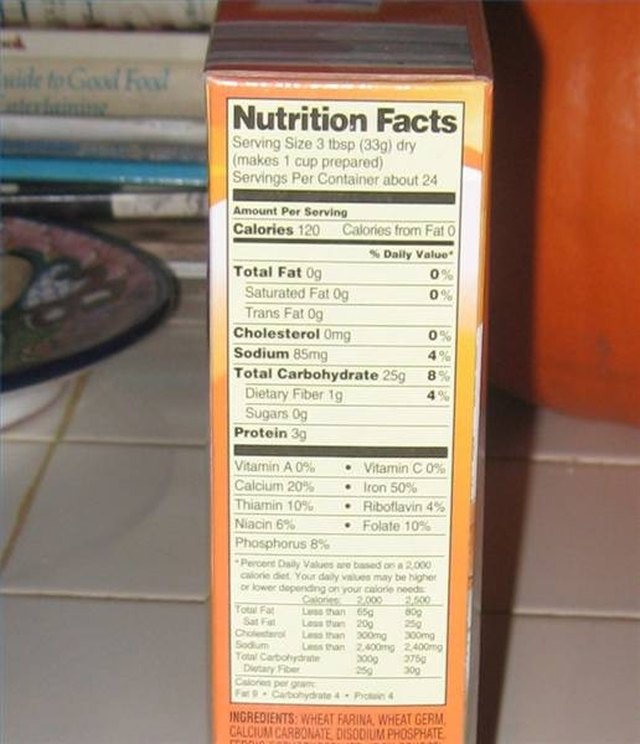
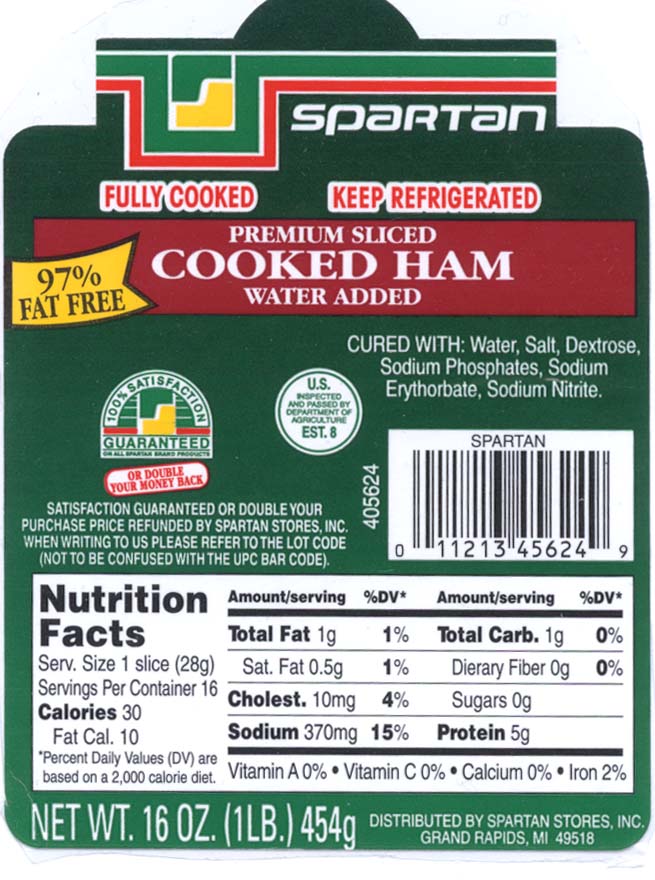

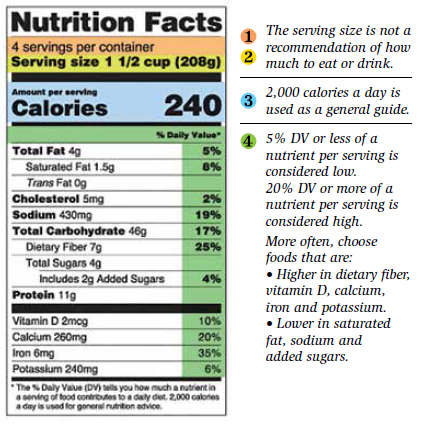



Post a Comment for "43 where are calories on food labels"